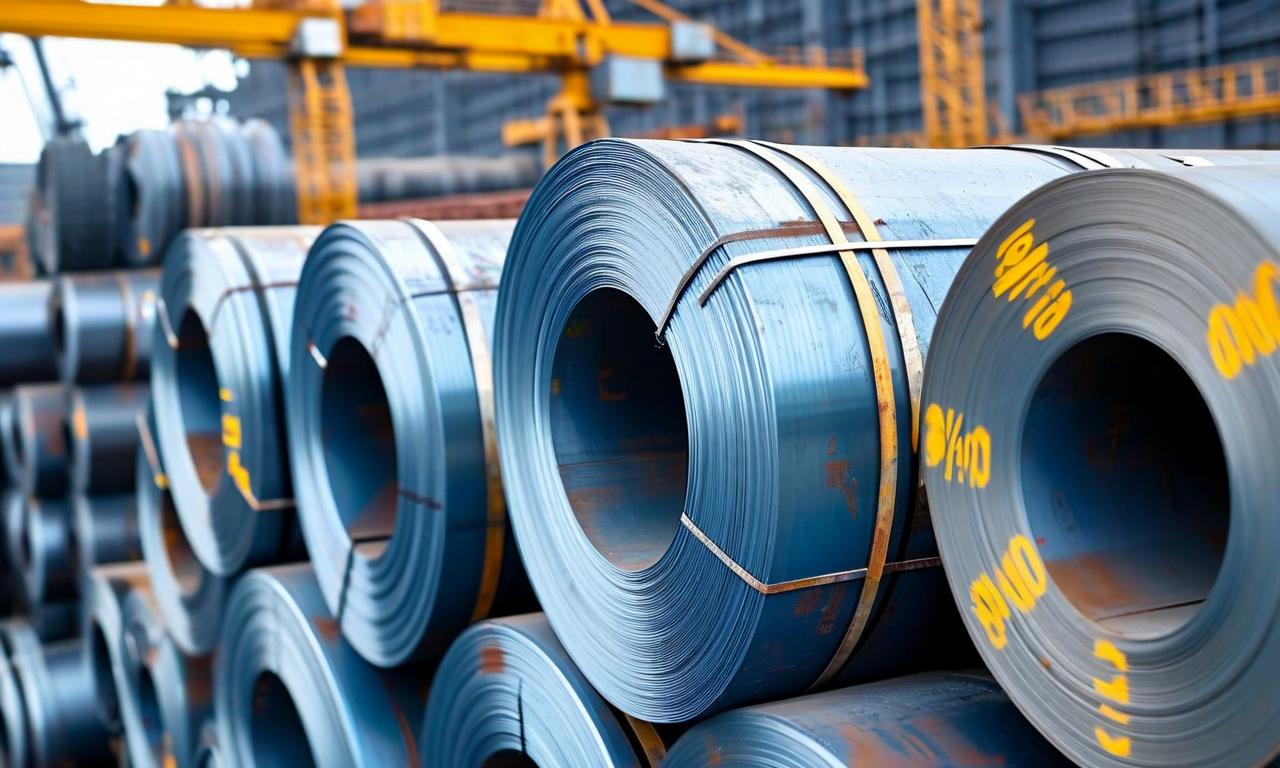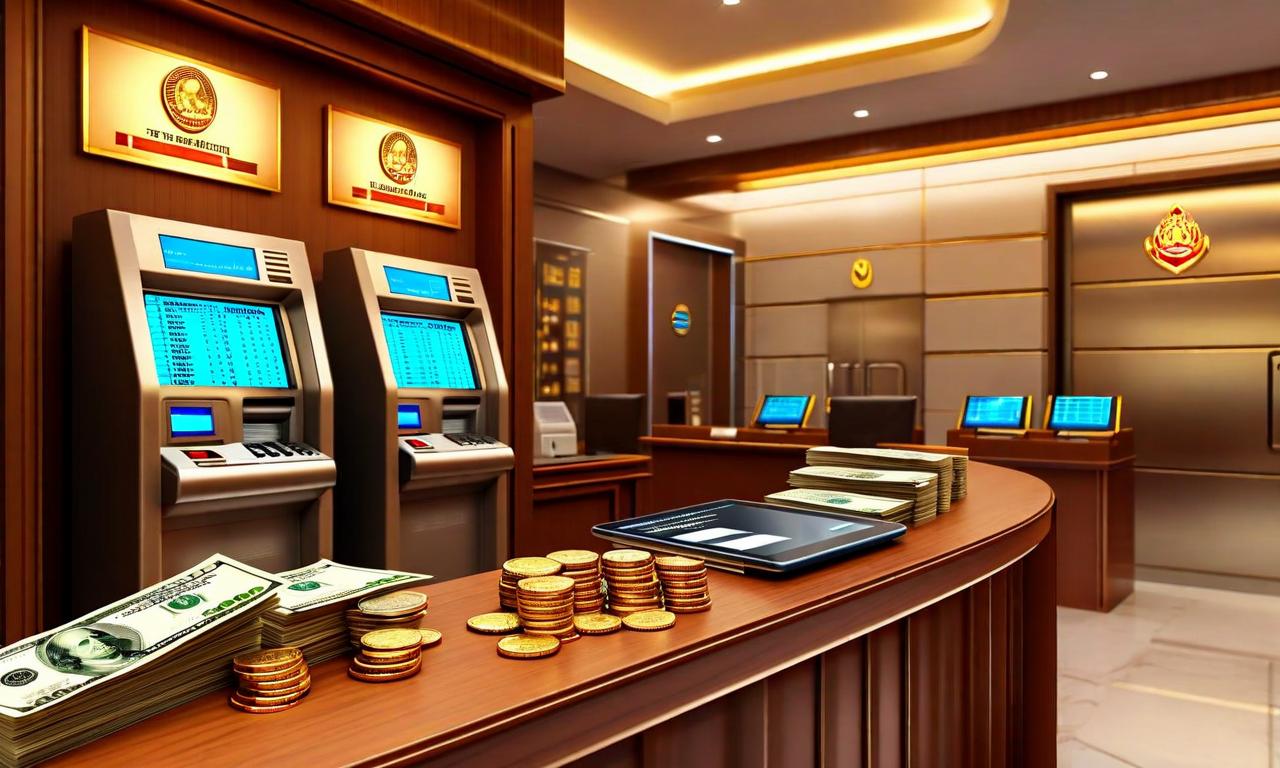EU Set to Double Steel Import Tariffs to 50%, Aligning with US Rates
The European Union is preparing to increase steel import tariffs from 25% to 50% once quotas are exhausted. This move aims to align with US tariff rates and address steel overcapacity, particularly from China. The European Commission will introduce a new permanent instrument to replace the current temporary safeguard mechanism, which expires next year. The proposed changes include setting quotas for specific product types and potentially establishing country-specific quotas. This strategy seeks to protect the EU's steel industry while addressing global trade challenges.

*this image is generated using AI for illustrative purposes only.
The European Union is poised to make a significant move in its steel trade policy, planning to increase tariffs on steel imports to 50% from the current 25% duty. This substantial hike is part of the EU's strategy to align with US tariff rates and address the issue of overcapacity, particularly from China.
Current Tariff Structure
Under its temporary safeguard mechanism, the EU currently imposes a 25% duty on most steel imports once quotas are exhausted. This mechanism, however, is set to expire next year, prompting the need for a more permanent solution.
Proposed Changes
The European Commission is preparing to unveil a new permanent instrument next week to replace the existing temporary mechanism. Key features of the proposed changes include:
- Doubling the tariff rate from 25% to 50% for imports exceeding certain quotas
- Establishing quotas for specific product types based on historical averages
- Seeking authority to set country-specific quotas for various thresholds
Implications and Objectives
This move by the EU serves multiple purposes:
Alignment with US Policy: By matching the 50% tariff rate imposed by the United States, the EU aims to create a more unified approach in global steel trade.
Countering Overcapacity: The increased tariffs are specifically designed to address the issue of steel overcapacity, with a particular focus on imports from China.
Long-term Strategy: Replacing the temporary mechanism with a permanent instrument indicates the EU's commitment to long-term protection of its steel industry.
Industry Impact
The proposed changes are likely to have significant implications for steel producers, importers, and downstream industries within the EU. While the increased tariffs may provide more protection for domestic steel producers, they could also lead to higher costs for industries relying on imported steel.
Conclusion
As the European Commission prepares to unveil these changes, stakeholders in the steel industry and related sectors will be closely watching for further details on the implementation and potential impacts of this new tariff structure. The move underscores the ongoing challenges in global steel trade and the EU's efforts to balance protecting its domestic industry while navigating international trade relations.
























